
|
|
|
|
|
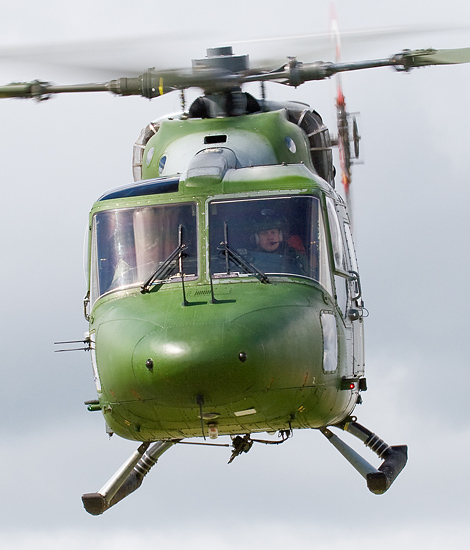
|
The Army Air Corps no 9 Regiment; AAC Dishforth July 8, 2008
The British Armed Helicopter Units; Text and Photograph's by Alex van Noye
On Tuesday, July 8, 2008 I was welcome at the British AAC Dishforth at the beginning of my UK tour. Dishforth is a small helicopter
field located 20 miles north of Leeds. This base is one of the home stations of the Royal Army Lynx helicopters. There are three
active squadrons at AAC Dishforth.
For me the UK journey started at half past two in the morning in Tilburg. We travelled by car to Calais were we passed the English
channel by boat. We arrived at AAC Dishforth after a ride of more than 10 hours. We had to report ourselves at 2 pm at the main
gate of this base from where our base visit would start. Of course we were way too early and therefore we had the opportunity to
drive around this base and have a look of what we could expect during the visit. After we reported ourselves at the main gate we
saw that a small group of 12 people had already gathered for the base visit. Our guide during the visit was a young Lynx pilot
who would move to RAF Benson next year to fly the Merlin over there. Dishforth is quite a small field of the British AAC (Army
Air Corps) and here you can find the 9th regiment of the British Royal Army which is equipped with the Lynx helicopter. This
regiment is divided into three squadrons; no 653 squadron is operational with the Lynx AH9 while no 669 and no 672 squadrons
fly the Lynx AH7. The difference between the Lynx AH7 and AH9 is easily recognizable; the Lynx AH7 has skids for landing while
the Lynx AH9 is equipped with a robust set of wheels. According to our guide, each squadron owns a total of eight helicopters.
The AAC uses the Lynx in different roles; troop transport, observation and attack. The helicopter can therefore fly in different
configurations depending on the type of mission which it will fly at that moment.
The Westland Lynx is a helicopter designed by the British manufacturer Westland, in cooperation with the French Aerospatiale.
Westland and Aerospatiale worked together in the late sixties on the development of three helicopters, namely; the Puma, the
Gazelle and the Lynx. Aerospatiale developed the biggest part of the first two types, while Westland designed the biggest part
of the Lynx. The helicopter is built in the Westland factory in Yeovil. The helicopter flew for the first time on March 21,
1971 as the Westland WG.13. Military interest led to the development of the Army Lynx
|
|
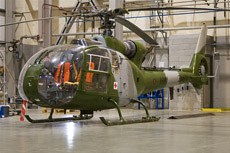
|
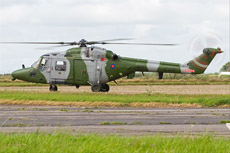
|
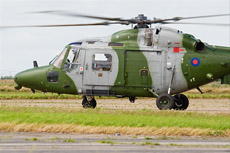
|
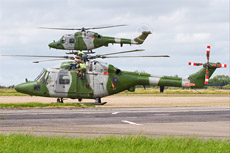
|
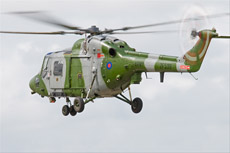
|
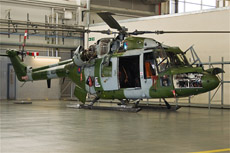
|
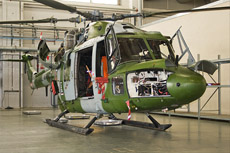
|
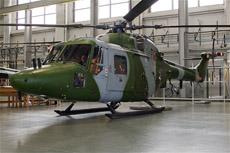
|
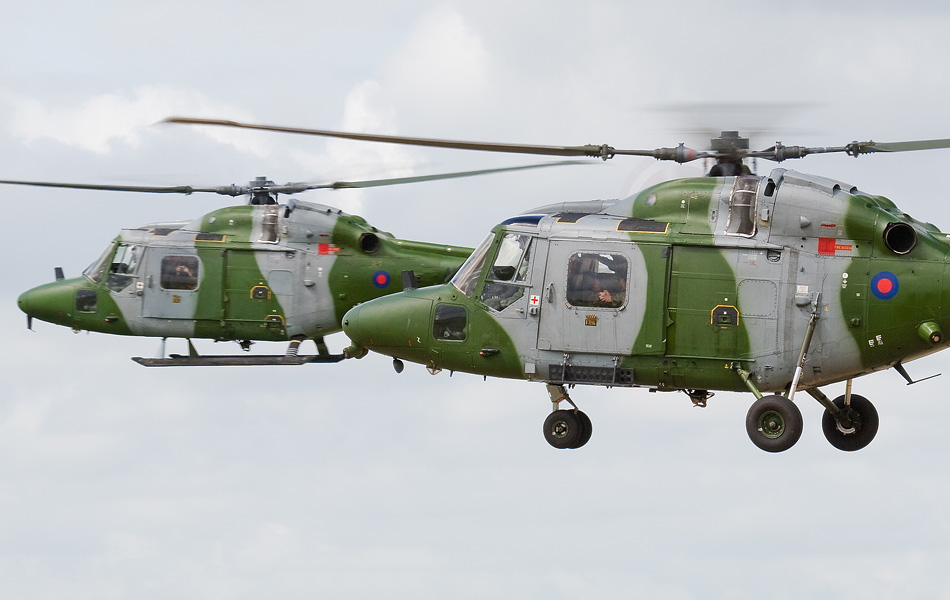
|
although the helicopter was originally intended for civil and maritime use. The Lynx is one of the most maneuverable helicopters
in the world and it is able to perform a full looping. The British Army ordered 100 Lynx AH (Army Helicopter) Mk.1
helicopters. The helicopters are used for various purposes, such as; tactical transport, armed escort, anti-tank warfare
(with eight TOW missiles), reconnaissance and evacuation. The army placed a Marconi Elliot AFCS system on the Lynx for
automatic stabilization on three axes. The Lynx is now in use in many different countries, including; Great-Britain, the
Netherlands, Germany and France.
Inside the first hangar which we visited we found a Gazelle and a Lynx; both helicopters were in excellent positions for
some photographs. This was only the warming-up for what would become a nice afternoon with some interesting photo moments.
Our guide asked us what we really wanted to see during the visit after we had visited the first hangar. For us it was quite
clear; we wanted to see the helicopters on the flightline for some action shots of the Lynx. The flightline was just a simple
platform covered with grass between the plates of concrete. On this platform were three helicopters and two crew members were
preparing the helicopters for a local flight. The first rotor blades started to move on those helicopters after 15 minutes of
waiting. One Lynx AH-7 and one Lynx AH-9 took off and flew away from the field. The conditions were very well for some decent
action shots of those helicopters. The third Lynx remained on the platform and the ground crew was working on this Lynx. After
we saw the take-off of those two helicopters, we went to the second hangar in which we found several Lynx helicopters. We had
again the opportunity to take pictures of them from all possible angels and positions. This hangar was the main maintenance
hangar of this base and mechanics were working on several airframes inside this building. After the short tour through the
maintenance hangar we went back to the flight line to see the returning helicopters.
The pilots of these two Lynx helicopters saw us very quickly and they both came into a hover right in front of our group.
They were hovering on a height of about 5 meters. The first Lynx turned around its full axis and we could take pictures of
it from many different angles. The second Lynx came that close that at one particular point I couldn’t zoom back anymore with
my 100-400 zoom lens. I couldn’t get the full helicopter on one image because of that. A third Lynx appeared at the horizon
after the landing of these first two Lynx helicopters; this was the Lynx AH-7 which had left earlier this afternoon. Also this
Lynx came into a hover right in front of us. The door of this lynx was opened and there was a gunner sitting in front of the
opening. This gave us a totally different effect on the helicopter than on the ones we saw before. It was clear that this Lynx
was equipped for a different role than the previous ones. We went back to the first hangar which we visited earlier this
afternoon after the last Lynx had landed. Once arrived in the hangar it was time to say goodbye to our guide because the base
visit at Dishforth was over. Our guide said he would fly the Merlin next year at RAF Benson in the south of England and that
we were more than welcome to see the Merlin next year. When we arrived back at the main gate of Dishforth, it was time to continue
our journey to the far North of the UK. The next ride would take more than four hours to Scotland where we would have a base
visit at RAF Leuchars the next day. The visit at AAC Dishforth was a great success for me and I had a great time at this small
helicopter base. We did not see many helicopters, but the photo opportunities and weather conditions were more than perfect. With
a card full of pictures we left inbound RAF Leuchars to see some RAF Tornado’s. Back home a few days later I realized that
Dishforth was one of the highlights of my UK tour.
|
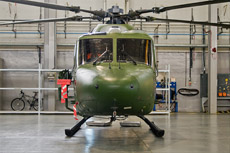
|
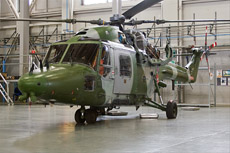
|
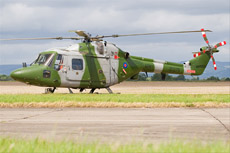
|
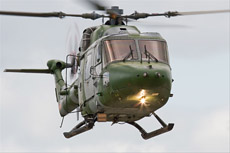
|
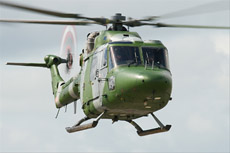
|
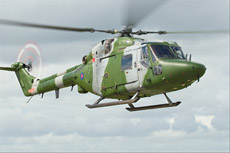
|
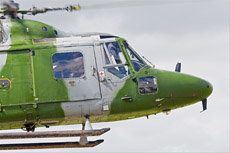
|
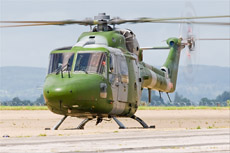
|
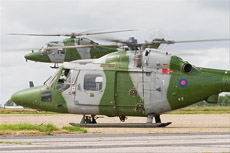
|
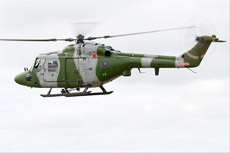
|
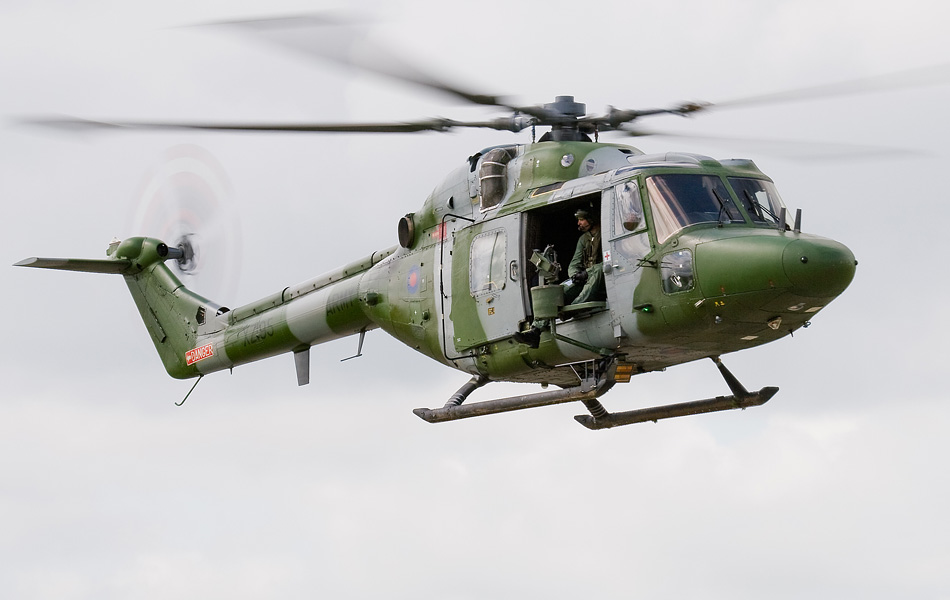
|
|
|

|







